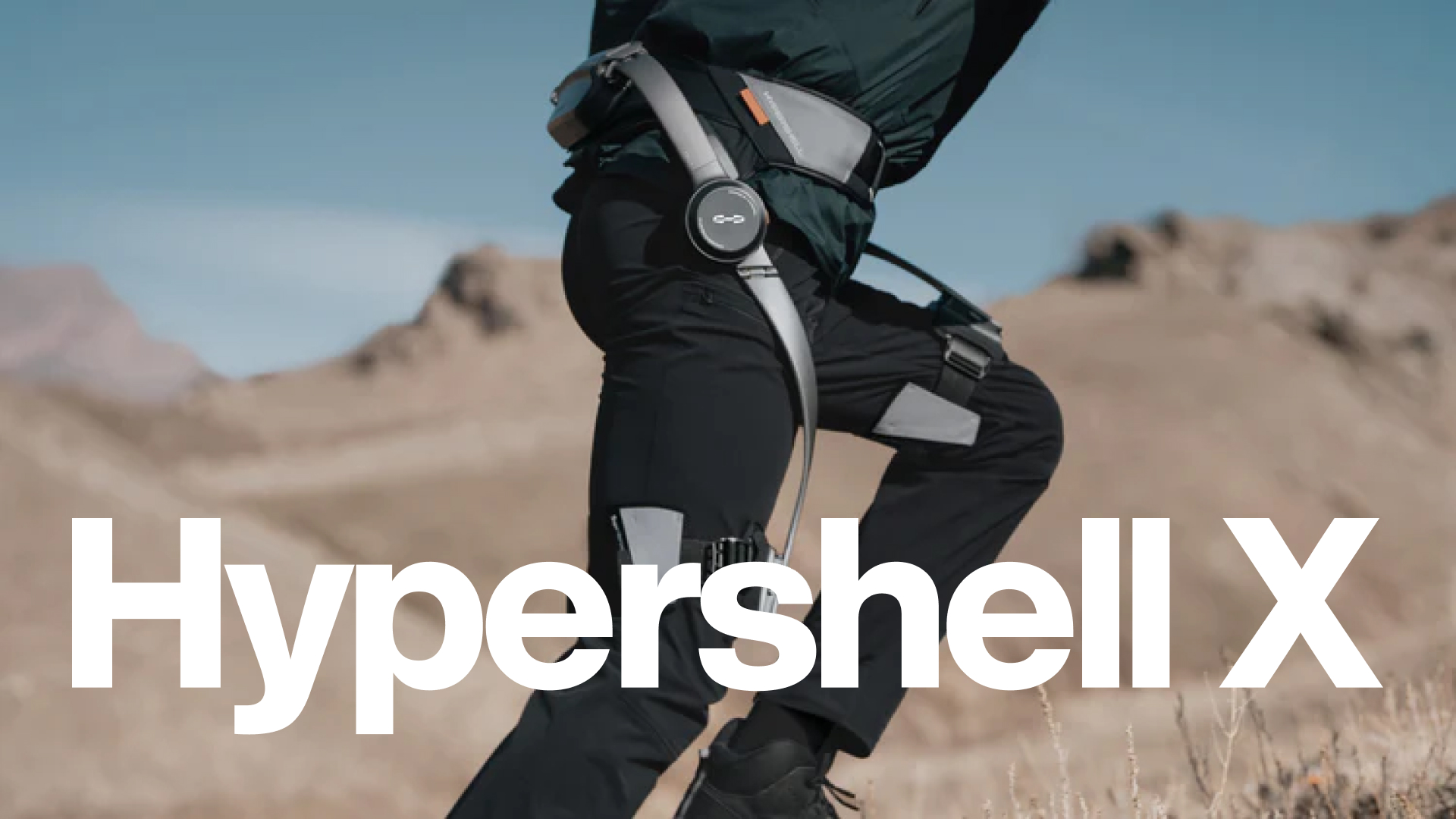Fino a poco tempo fa, gli ausili robotici che permettessero di agevolare la camminata in montagna ed in pianura avevano prezzi proibitivi. Ci ha pensato Hypershell a vendere questa tipologia di prodotti accessibile a tutti grazie a dei prezzi che vanno dai 999€ ai 1799€.
Non si sta parlando di un dispositivo medico ma di un apparecchiatura che permette di aumentare le prestazioni durante le escursioni, agevolando la salita per persone poco preparate fisicamente e allungando la possibilità di camminata in piano.
Modelli e funzionalità
L’Hypershell Pro X, disponibile a 1.199 euro con una batteria aggiuntiva, vanta un peso di 2 kg e offre un’autonomia massima di 10 km, variabile in base all’utilizzo e alle modalità operative. Tuttavia, con un’attivazione moderata del dispositivo e l’impiego della doppia batteria, è possibile estendere la percorrenza fino a 30 km.
Per chi cerca il massimo della leggerezza e delle prestazioni, l’Hypershell Carbon X rappresenta l’opzione più costosa, distinguendosi per il suo peso di soli 1.8 kg, grazie all’uso del carbonio nella struttura principale. La sua durata operativa si estende fino a ben 40.000 ore complessive, merito anche della membrana impermeabile impiegata per le parti morbide.
L’esoscheletro Hypershell è progettato per non essere un ostacolo, ma un vero e proprio supporto che agevola l’attività fisica, alleggerendo la persona che lo indossa di ben 30 kg. Questo non solo facilita la camminata, ma contribuisce ad ottenere una respirazione più regolare e una significativa riduzione dei dolori muscolari.
La sua indossabilità è estremamente agevole e semplice, garantendo comfort e piena libertà di movimento. Grazie alle sue regolazioni, Hypershell si adatta perfettamente a qualsiasi adulto, indipendentemente dall’altezza o dalla larghezza, rendendolo accessibile a chiunque desideri provarne i benefici.
L’esoscheletro come dispositivo medico
Mentre Hypershell è pensato come aiuto robotico da indossare durante le escursioni, Twin è l’alternativa, creata da IIT, per coloro che possiedono un deficit motorio parziale o completo.
Twin è una struttura esterna da applicare alle gambe proprio come Hypershell, ma ha l’obiettivo di essere un aiuto nel quotidiano per chi fa fatica a camminare o ad alzarsi in piedi. Questo dispositivo è utilizzato anche nelle cliniche riabilitative come ausilio alla fisioterapia sia per persone con funzionalità assente che parziale.
Twin è controllato da remoto con un’app per Android che viene installata sul tablet, che consente di comandare l’esoscheletro nell’esecuzione delle attività motorie. Insieme all’applicazione, è necessario utilizzare anche stampelle o deambulatore, perché questo dispositivo non è auto-bilanciato ma permette soltanto di imporre sulle congiunzioni un determinato movimento.
In sintesi, l’esoscheletro Hypershell sta rendendo questa tipologia di dispositivi accessibili a tutti, potenziando le escursioni e le camminate con un supporto significativo. Questo progresso, affiancato da soluzioni mediche come Twin dell’IIT, dimostra come la tecnologia stia sempre più migliorando la qualità della vita e la libertà di movimento per un ampio spettro di persone.






